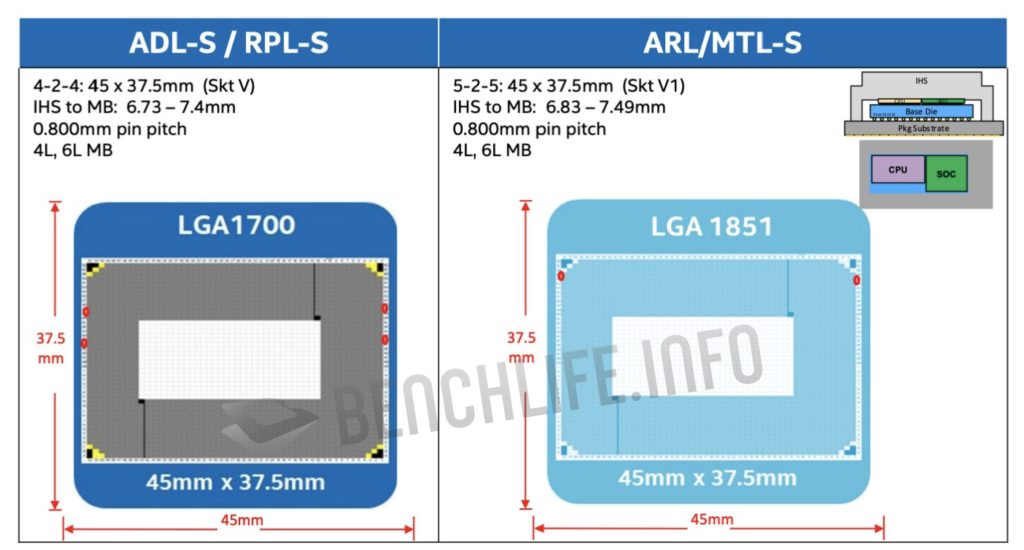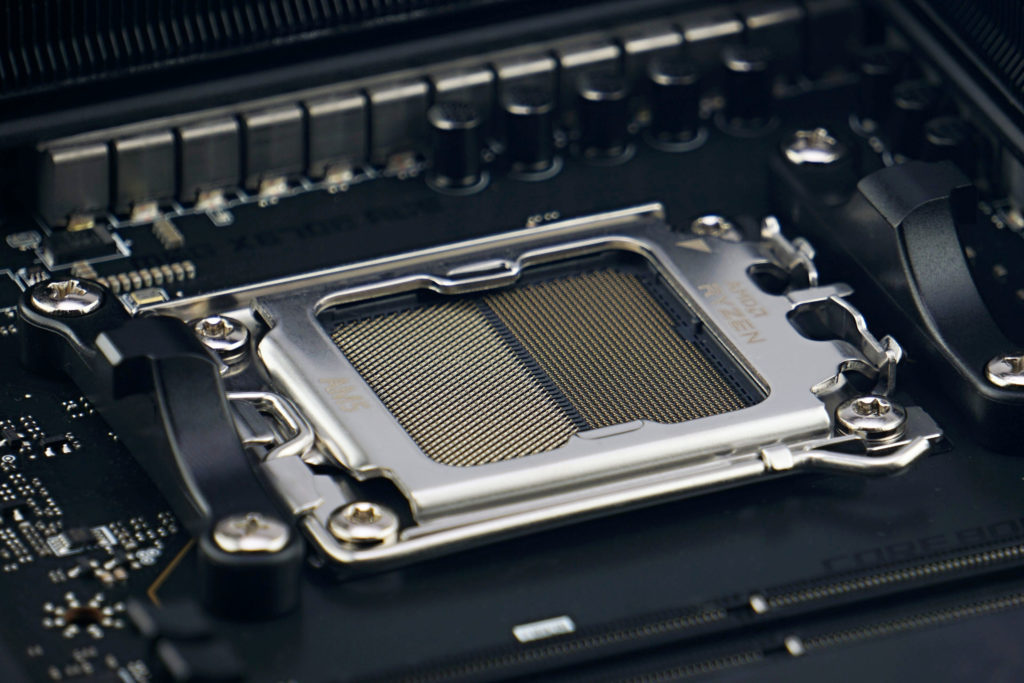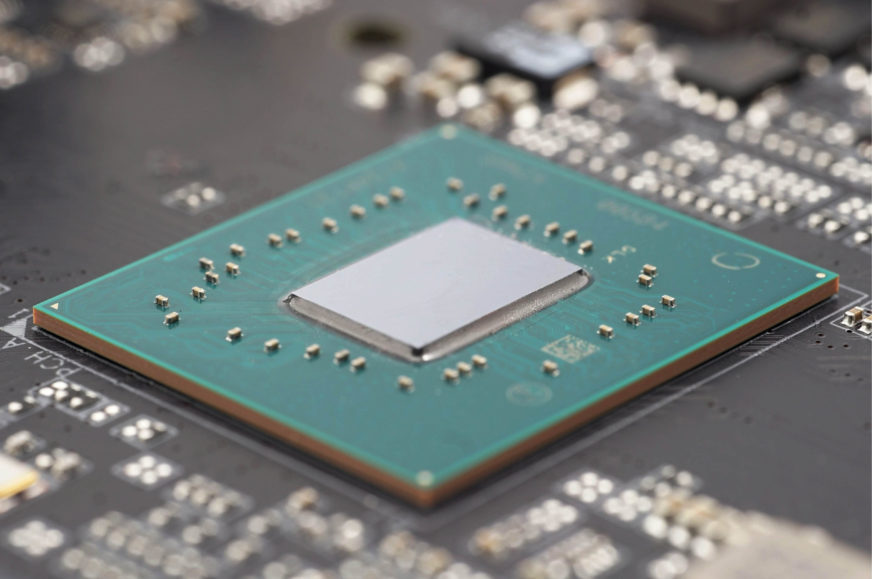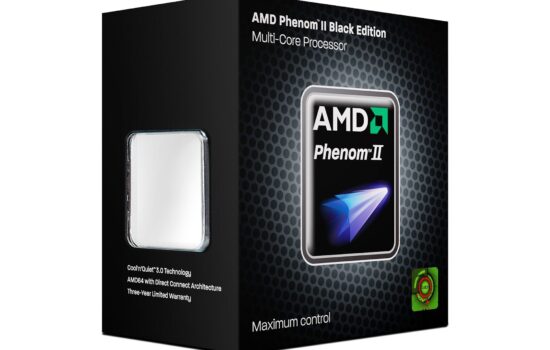Both Intel and AMD should release new generations of chipsets next year
Posts on the Chinese Board Channels forum used to share various information from hardware manufacturer circles, now shed light on future events that await us in the coming year in the desktop market. This concerns both the arrival of a new desktop platform and chiplet processors from Intel, but also AMD. Much less is known about plans for the AM5 platform, so this is an interesting insight if these rumours are confirmed.
Sources from Intel and AMD’s partners over on Board Channels report that both companies should release a new generation of chipsets (and boards) around the same time next year. That was already more or less clear with Intel. After the current transitional generation Raptor Lake Refresh, which replaces the cancelled desktop version of Meteor Lake processors, Intelwill release Arrow Lake processors next year, which will also use a chiplet design (but hopefully Intel’s 2nm process) and will already be utilising a new platform with the LGA 1851 socket. With it will come new chipsets, which should be labeled as the 800 series.
According to Board Channels, these new chipsets and boards with them are expected to be released in Q3 2024 at the earliest (with the possibility of a Q4 2024 release). This fits with earlier estimates or information that Arrow Lake for desktop and the LGA 1851 platform will only come out in the second half of next year. So the current 14th generation Core “Raptor Lake Refresh” will probably end up being on the market for more or less a full year cycle.
These boards are supposed to use the Z890 (with overclocking unlocked), B860 (mainstream) and H810 (low end) chipsets. There are also supposed to be W880 versions for workstations and Q870 for “enterprise” (computers in large companies and organizations). The chipset should hopefully be a brand new silicon, providing up to 24 PCI Express 4.0 lanes (in the Z870 version). But especially the CPUs themselves will have better connectivity, there will be PCIe 5.0 ×16 for GPUs coming out of the CPU as with the LGA 1700, but also two interfaces for SSDs – PCIe 4.0 ×4 and PCIe 5.0 ×4 (so there will finally be fully native support for most powerful SSDs, comparable to AM5).
- Read more: New desktop socket for Intel processors is LGA 1851, leaked sketch
- Read more: Intel LGA 1851 platform details: Z890 and Meteor Lake connectivity
But the boards released with these new chipsets will also have other new features to go along with the new chipset. It is expected that they should often be fitted with Wi-Fi 7 modules and also 5Gb/s Ethernet (for example, theRealtek RTL8126).

New chipsets for AM5
But the bigger surprise is that around the same time, according to Chinese sources, new AMD chipsets are supposedly coming as well. The smaller company tends to update their chipset lineup less often than Intel who likes their annual refreshes, although for example with the 300 and 400 series such a quickly-following refresh has occurred. While AMD doesn’t seem to downright need new chipsets at this moment, a new generation is reportedly due out next year, which will likely be labeled as the 700 generation.
This new generation of boards could bring similar advances (e.g. 5Gb/s Ethernet), but it is not yet clear what new features could be introduced in the AMD 700 series chipsets themselves. Theoretically, they could use a new silicon from ASMedia, in which case there could be improved connectivity with more PCI Express lanes or enhanced uplink to the CPU (either through switching to PCIe 5.0 ×4 bus or by widening to PCIe 4.0 ×8). Or theoretically, a new chipset could be made directly by AMD as in the case of X570. However, it is also possible that this will be just a rebranding or a revision of today’s chipsets based on “Promontory 21” silicon under a new name.
However, these new boards may not come out at the same time as Zen 5 processors. Those are expected to come out as early as Q2 2024, while these new chipsets are expected to come out in Q3 2024 at the earliest like their Intel counterparts, but perhaps even in Q4 2024. So Ryzen 9000s (assuming the CPUs use this naming scheme) with Zen 5 cores would still be paired with existing boards or some newly released models with X670(E), B650(E), and A620 chipsets during their initial launch. There’s no technical reasons preventing this, the boards will just need to get BIOS updates (or ship with a new enough firmware right out of the factory).
AM5 also in 2025
The release of the chipset refresh in 2024 is perhaps related to the fact that the AM5 platform will still be on the market for quite a long time (the original chipsets are more or less from 2022). AMD’s David McAffee told Overclockers UK last week that AMD “wants to stay on the AM5 socket for as long as they can”, as the longer-term compatibility of the platform with the CPUs was part of the success of Ryzen processors on AM4.

In 2025, according to this statement, AMD should definitely use the AM5 socket, while after that year it isn’t quite as clear yet. Either the company is still undecided whether it will eventually replace the socket and platform by that time, or it is not willing to disclose the plans yet. But it’s also unclear when the eventual next generation CPU after Zen 5 will come out. If AMD is targeting Zen 6 for release as early as late 2025, then that would imply an intention to design these CPUs in an AM5 socket design. However, if they are not due out until 2026, things may be different given the 2025-referencing AM5 statement.
It should be said that when the company talks about supporting the AM5 (or AM4 before) platform, it does not necessarily mean that newly released CPUs or APUs have to use said platform. In fact, even after the release of a new socket, new models may be released for the older socket – however it’d be new SKUs based on older silicon and design and thus not bringing much if any new features. But in this case it seems that at least for 2025, the AM5 platform should be the go-to platform for fully new products, too.
Sources: WCCFtech, VideoCardz (1, 2)
English translation and edit by Jozef Dudáš
⠀











